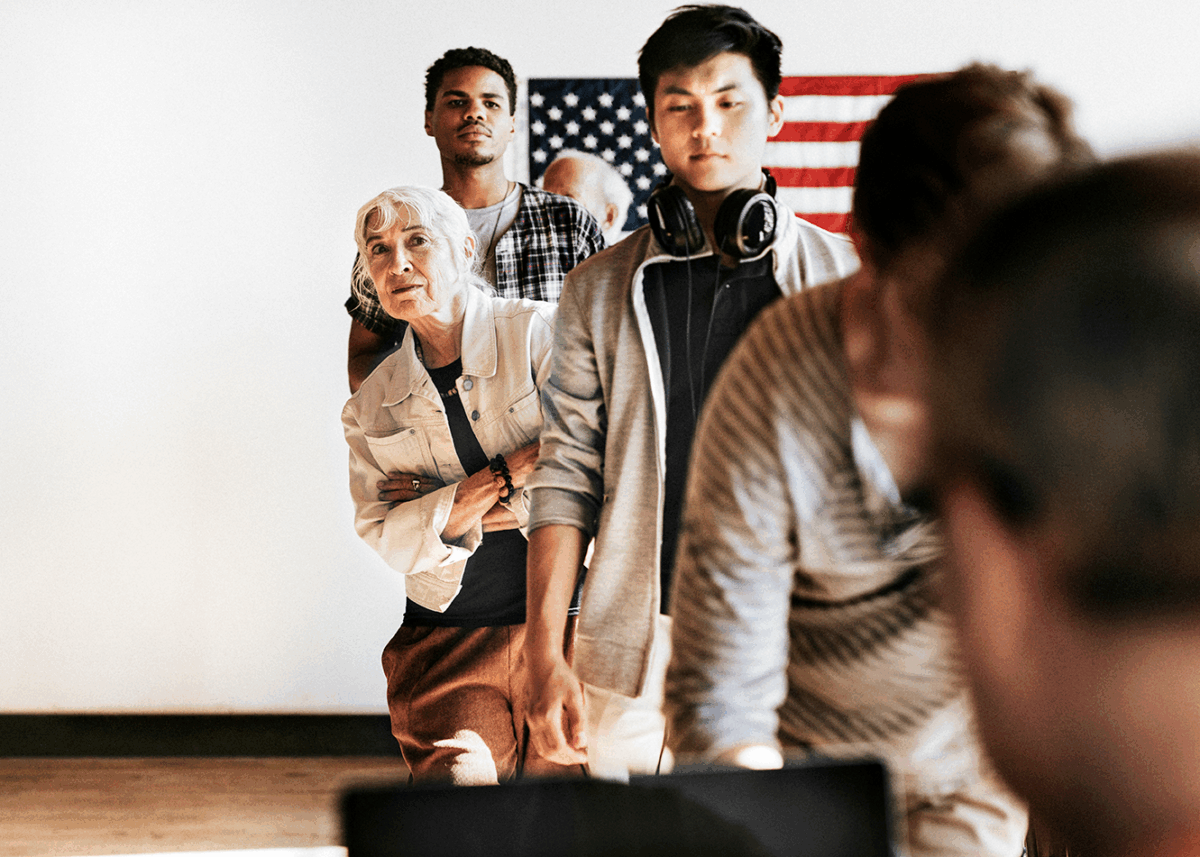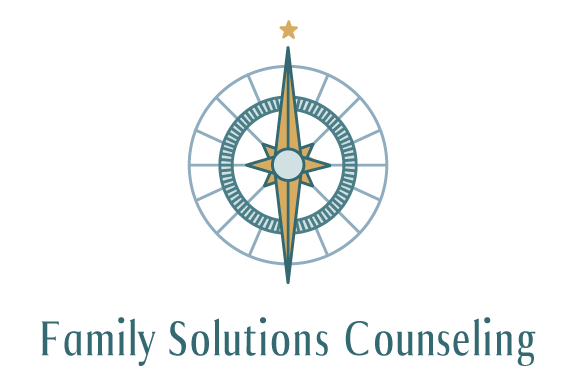Part I: The Systems Around Us
Why External Pressures Keep Us from Happiness
By Carl Patterson

We come into the world wired for closeness, yet too often drift out of attunement. Our bodies store pain long after the mind insists it has passed. We repeat old patterns, mistaking subsistence for living. Focus narrows, days unravel, and what might have been wonder sinks into routine. Still, the pressure remains, not only as biology or memory but as narrative. Children practice endings before beginnings. Adults bend themselves to survive demands that erode vitality. In poems and whispered confessions, people name what statistics cannot: the load of trying to stay intact in a world intent on wearing us down.
Do you know why we are unhappy?
We live in an age where unhappiness feels less like a passing mood and more like the air itself. People wake already weary, scroll through curated lives that disguise themselves as truth, and work harder than ever only to feel further behind. Even when families gather at the table, their phones buzz like alarms, each head bowed toward a screen rather than one another.
Teenagers, shouldering the load of expectations, rehearse the end of the world before they have even had the chance to begin their own.
It is tempting to treat unhappiness as a personal flaw; a failure of gratitude, of grit, of positive thinking. But what if unhappiness is not primarily within us, but around us? What if the constant strain we carry is not the product of individual weakness, but the result of systems designed to stretch us thin, economies that extract more than they return, technologies that harvest our attention faster than we can rest, and a culture that prizes productivity over presence?
When I sit with clients, I hear the same refrains whispered in different voices: “I feel like I can’t keep up.” “I’m scared for my children’s future.” “I don’t know how to rest without guilt.” These aren’t isolated complaints. They are status reports.
To understand why unhappiness is so persistent, we must widen the frame, not only looking inward at individual choices, but outward at the forces shaping daily life. Our unhappiness has causes, patterns, and histories. Like any storm, it can be named, tracked, and, eventually, transformed.
And perhaps the most important question is not only why we are unhappy, but what forms of truth, rest, and connection we are willing to reclaim in response.
The Weather of Despair
James Baldwin once observed that “to be a Negro in this country and to be relatively conscious is to be in a rage almost all the time” (Baldwin, 1961/1998). That rage, once grounded in the struggle for racial justice, now reverberates in new registers: economic precarity, climate dread, political instability, digital exhaustion. Baldwin’s truth remains: despair is both personal and systemic.
Writer Rebecca Solnit describes despair as a cultural weather pattern: “it is not the storm itself but the cloud cover that persists” (Solnit, 2016). In 2025, that cover hovers over households in ways my clients name every day: a heaviness they cannot shake, a saturation that rest cannot cure.
And yet, threads of resistance remain. Baldwin insisted that naming reality is the first step toward change. Solnit reminds us that storms also water the soil where new life begins. To understand why unhappiness feels so pervasive, we must trace the weather shaping our days, without mistaking it for destiny.
In my office, I watch people attempt quiet rebellions against despair: choosing tenderness in the middle of conflict, pausing to breathe before a sharp word, admitting loneliness rather than hiding it. These gestures rarely make headlines, but they counterweight rage and depletion. They recall the fire Baldwin warned of and the renewal Solnit implies when rain meets soil. The weather of despair may feel unrelenting, yet within it are subtle shifts; moments when courage, love, or rest remind us that resistance is not only possible, it is already underway.
The Squeeze of Economics
Economist Joseph Stiglitz reminds us that falling inflation headlines conceal lived realities. In August 2025, the U.S. inflation rate cooled to 2.9% (U.S. Bureau of Labor Statistics, 2025), but years of price hikes have stacked costs like bricks no one can lift. Housing is the heaviest of those bricks: homebuying has fallen to its lowest level since the mid-1990s, and a record share of renters are “cost-burdened,” paying more than 30% of their income on rent (Harvard Joint Center for Housing Studies [JCHS], 2025).
Anne Case and Angus Deaton’s research on “deaths of despair” demonstrates how economic decline translates directly into human suffering: drug overdoses, suicide, and alcohol-related disease (Case & Deaton, 2020).
The malaise is not confined to the United States. Gallup’s 2024 World Poll found that only 23% of people globally believe “the economy is getting better,” even in nations where GDP is rising (Gallup, 2024). In other words, economic metrics have decoupled from lived experience. People do not measure progress by stock markets or growth curves but by whether they can afford groceries and feel secure in their jobs. This dissonance erodes happiness across borders, turning prosperity into abstraction.
Michael Lewis illustrated this in his 2014 book Flash Boys, recounting the story of a working father juggling two jobs yet still unable to afford his daughter’s inhaler (Lewis, 2014, p. 87). The story lingers because it is not exceptional. It is emblematic.
I also think of a grocery store cashier I provide therapy services for. She works six days a week and still skips lunch twice so her paycheck can stretch to rent. When asked what happiness would look like, she answers quickly: “Eating three meals without counting pennies.”
Polarization and Political Fatigue

Politics in 2025 is not only an arena of debate. It is a source of demoralization. Surveys show that trust in U.S. institutions has fallen to its lowest point in five decades, with only one in five Americans saying they have confidence in government (Pew Research Center, 2025). Distrust has become so normalized that many no longer expect politics to solve problems, only to inflame them.
The consequences reach beyond cynicism. Political scientists warn of a cycle where polarization fuels incivility, incivility fuels disconnection, and disconnection feeds public malaise (Bird, 2024). Time reported in 2025 that a majority of Americans now view political violence as a serious threat to democracy (Time, 2025). Reuters documented how harsh rhetoric has spilled into the streets, with recent shootings heightening fears of escalation (Reuters, 2025). For clients in therapy sessions, this lands as background dread: a sense that the civic stage itself is unstable.
This fatigue erodes belonging. Robert Putnam warned decades ago that civic bonds were fraying (Putnam, 2000). Today, people describe family dinners where news channels divide the table, workplaces where political talk feels radioactive, and neighborhoods where yard signs determine whether someone feels welcome. Polarization does not stay abstract. It infiltrates marriages, friendships, churches, and schools.
In therapy sessions, clients describe it in quieter terms. A father avoids holiday gatherings because political arguments leave him shaking. A teacher worries that speaking openly could cost her the job she valued. A college student scrolls through headlines each morning with her stomach in knots, unsure if democracy will hold. Their language is not about policy but about safety.
Clinicians feel this climate too. Many are holding space for heightened fear and anger while managing their own rising workloads, financial strain, and news-induced anxiety. Countertransference becomes an active challenge: a therapist hearing a client’s despair about politics may notice their own frustration, grief, or anger stirred, making neutrality harder to maintain. They navigate vicarious trauma, moral distress when systems block care, and burnout from back-to-back crises. They set boundaries around media consumption, seek consultation, and lean on peer support so they can remain present, regulated, and useful. The work of care requires caring for the caregiver.
The result is not only government dysfunction. It is the exhaustion of living in a society where politics no longer feels like a shared endeavor but a battlefield. When civic trust collapses, people retreat into isolation. And when isolation grows, well-being withers.
Technology’s Infinite Workday
Digital technology promised liberation but has delivered exhaustion. Gloria Mark describes our attention as “time confetti,” fragments so small they cannot hold joy (Mark, 2023). We shift between screens and apps dozens of times an hour, caught in a cycle of shallow focus.
Shoshana Zuboff argues this fragmentation is not accidental, but built into the architecture of surveillance capitalism. It is an economy that profits from distraction by harvesting outrage, clicks, and despair (Zuboff, 2019).
Computer scientist Cal Newport adds that the problem is not only distraction but dilution. When nearly every interaction runs through a screen, meaning thins and relationships collapse into notifications and emojis (Newport, 2019). In therapy, clients describe having countless daily contacts, yet no one to call in crisis.
Clients describe waking already behind, evenings overtaken by after-hours email, weekends interrupted by Slack alerts.
George Saunders, in Tenth of December, writes of a factory worker who stays cheerful during endless shifts only to unravel in the silence of his car (Saunders, 2017). The scene resonates because it restores what statistics flatten: a human spirit bending under the weight of an infinite workday.
One young lawyer I treat hides her phone in another room when she gets home so she can finish writing briefs without the clamor of alerts. “I know it sounds ridiculous,” she says, “but it’s the only way I can trick myself into rest.”
Climate Anxiety and Collective Dread
Climate change is not only an environmental issue but also a mental health one. Climate scientist Katharine Hayhoe explains that young people in particular “carry the weight of futures they did not choose” (Hayhoe, 2021, p. 112). Britt Wray’s global survey of climate anxiety found that 67% of youth aged 16–24 worry about climate change’s impact on their future, and more than half feel “humanity is doomed” (Wray, 2022; UNICEF & Capgemini, 2025).
Elizabeth Kolbert’s The Sixth Extinction (2014) documents how one coastal community measures time not in birthdays or holidays but in the inches of water creeping closer to their doorsteps. The psychological toll of such vigilance is immense.
Meanwhile, loneliness compounds the dread. The U.S. Surgeon General’s 2023 report revealed that nearly 50% of American adults regularly experience loneliness, a condition that raises risks for depression, cardiovascular disease, and premature mortality (Murthy, 2023). The pandemic amplified this isolation, but its roots run deeper: civic decline, social fragmentation, and digital substitution for embodied presence.
Yet Hayhoe also reminds us that action itself is an antidote. She argues that “hope is not an emotion but a choice we practice through engagement” (Hayhoe, 2021, p. 215). For young people paralyzed by climate dread, small acts such as organizing, planting, protesting, and voting can transform despair into agency. This hopeful turn matters. It reframes climate anxiety not as weakness but as fuel for change.
I recall a teenager who marched downtown with a cardboard sign painted in shaky letters: We will not inherit silence. She came to session the next week sunburned, tired, and smiling for the first time in months. “It didn’t fix everything,” she told me, “but I don’t feel so alone anymore.”
The challenge of climate dread is not only rising seas but rising temperatures of the soul. Young people describe feeling overheated by urgency, as if the atmosphere itself has been stripped of ease. Yet when they gather, in marches, in classrooms, in neighborhood gardens, the atmosphere shifts. The pressure lowers. What felt suffocating becomes bearable, not because the crisis has passed, but because it is carried together.
Clinical Translation: What I See in the Room
In session, these pressures converge. Clients present with panic attacks but trace their triggers to unpaid bills. They describe insomnia but confess they scroll until 3 a.m. trying to feel less alone. They say they feel hopeless, but what they often mean is that climate change makes hope feel dangerous.
As a clinician, I know these are not just symptoms. They are ways of getting through. Hypervigilance to costs, screens, or storms is rational in a society that feels perpetually unstable. But persistence is not the same as being alive.
Psychiatrist Judith Herman (1992/2015) reminds us that recovery begins with safety, and that trauma is not only individual but collective. When entire populations feel unsafe economically, digitally, or ecologically, the nervous system treats daily life as a battlefield. What I see in the therapy room reflects Herman’s model: clients can only begin to remember and reconnect once they feel secure in their environment. Without systemic safety, healing remains partial.
Therapy becomes the space where clients learn to distinguish between external pressures and their internal states. They cannot change rent prices or global storms overnight, but they can learn to regulate their nervous systems, reclaim attention, and practice small rituals of meaning. My role is not to tell them the storm is passing, but to remind them they can still build shelter.
One man described his panic as “paying bills with air.” His chest tightens when the mail arrives, his breath shortens with each notification on his phone. Together we practiced breathing not as escape but as rebellion, proof that his body could still hold something other than debt.
Healing in session becomes practice for life outside the office. When a client learns to notice a racing heart, to slow a breath, to name a need, those skills travel to kitchen tables, classrooms, buses, and break rooms. Boundaries protect evenings. Attention returns to what matters. Honest conversations replace silence. As small acts repeat, they change how families decide, how coworkers support one another, how neighbors show up. Therapy is not the whole answer, but it is a training ground for courage, clarity, and care that can spread from one body to many.
Closing: Naming the Weather
James Baldwin would insist that none of this is accidental. Inequality is designed, not natural (Baldwin, 1961/1998). Rebecca Solnit reminds us that naming despair does not grant it power but loosens its hold.
The first step toward healing is to recognize that unhappiness in 2025 is not a private failure. It is the air we all breathe. And air, like weather, can shift. But shifts do not happen on their own. They arrive when people decide to name what is suffocating them, when they gather to build shelter, and when they practice small acts of resistance that make space for breath.
Despair tells us that storms are endless. History shows otherwise. Storms pass, clouds break, and the ground that feels waterlogged can one day grow green again. Healing begins when we stop blaming ourselves for the rain and start noticing who profits from the flood.
Our task is not only to survive the weather but to learn how to change its patterns. That means choosing presence over distraction, community over isolation, and truth over silence. It means remembering that even the heaviest atmosphere cannot hold back the possibility of light.
Unhappiness may be the air we inhale today, but with intention and care, we can exhale something different; clarity, courage, and connection strong enough to alter the climate we share.
References
- Baldwin, J. (1998). Nobody Knows My Name: More Notes of a Native Son. Vintage International. (Original work published 1961)
- Bird, K. (2024). We despair: Examining the role of political despair. European Journal of Social Psychology. Wiley Online Library.
- Case, A., & Deaton, A. (2020). Deaths of Despair and the Future of Capitalism. Princeton University Press.
- Gallup. (2024). Gallup World Poll: Global Economy and Well-Being 2024. Gallup, Inc.
- Harvard Joint Center for Housing Studies (JCHS). (2025). The State of the Nation’s Housing 2025. Harvard University.
- Hayhoe, K. (2021). Saving Us: A Climate Scientist’s Case for Hope and Healing in a Divided World. Atria/One Signal Publishers.
- Herman, J. (2015). Trauma and Recovery: The Aftermath of Violence—from Domestic Abuse to Political Terror (Rev. ed.). Basic Books. (Original work published 1992)
- Kolbert, E. (2014). The Sixth Extinction: An Unnatural History. Henry Holt & Company.
- Lewis, M. (2014). Flash Boys: A Wall Street Revolt. W.W. Norton & Company.
- Mark, G. (2023). Attention Span: A Groundbreaking Way to Restore Balance, Happiness, and Productivity. Hanover Square Press.
- Microsoft. (2025). Work Trend Index: 2025 Annual Report. Microsoft Research.
- Murthy, V. (2023). Our Epidemic of Loneliness and Isolation: U.S. Surgeon General’s Advisory. U.S. Department of Health and Human Services.
- Newport, C. (2019). Digital Minimalism: Choosing a Focused Life in a Noisy World. Portfolio.
- Pew Research Center. (2025). Public Trust in Government: January 2025 Update. Pew Research Center.
- Putnam, R. (2000). Bowling Alone: The Collapse and Revival of American Community. Simon & Schuster.
- Reuters. (2025, September 11). Nation on edge: Experts warn of spiral in political violence after Kirk killing. Reuters.
- Saunders, G. (2017). Tenth of December. Random House.
- Solnit, R. (2016). Hope in the Dark: Untold Histories, Wild Possibilities. Haymarket Books.
- Stiglitz, J. (2019). People, Power, and Profits: Progressive Capitalism for an Age of Discontent. W.W. Norton & Company.
- Time. (2025). Americans see political violence as a serious threat to democracy. Time Magazine.
- U.S. Bureau of Labor Statistics. (2025). Consumer Price Index – August 2025. U.S. Department of Labor.
- UNICEF & Capgemini. (2025). Youth Perspectives on Climate: Preparing for a Sustainable Future.
- Wray, B. (2022). Generation Dread: Finding Purpose in an Age of Climate Crisis. Knopf Canada.
- Zuboff, S. (2019). The Age of Surveillance Capitalism: The Fight for a Human Future at the New Frontier of Power. PublicAffairs.
